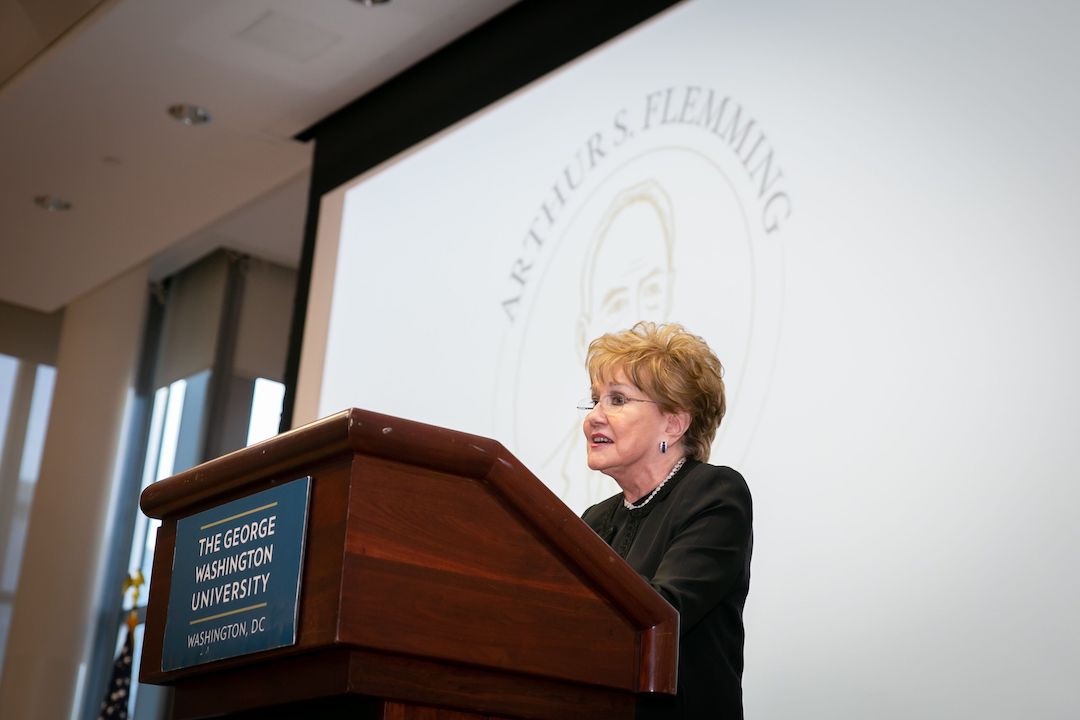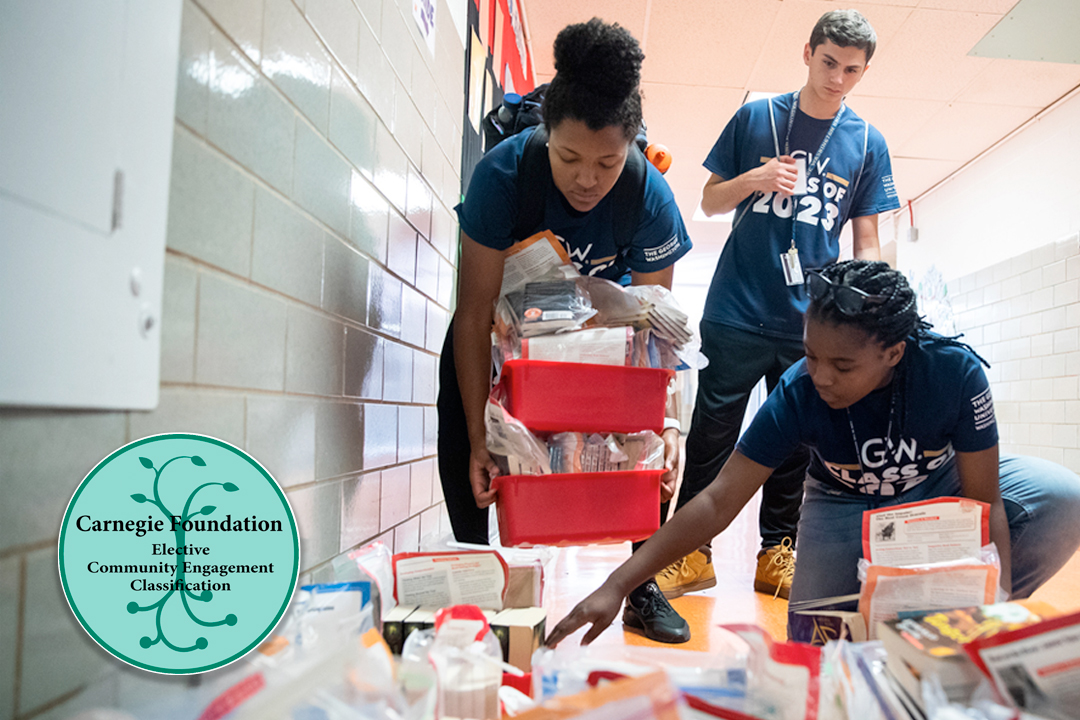The government employees behind creating the most accurate clock in the world, developing ways to see crime scene evidence invisible to the human eye, finding new ways to track influenza around the world and other extraordinary efforts have been honored with the 2020 Arthur S. Flemming Award.
The 71st annual Arthur S. Flemming Awards recognize the accomplishments of 13 federal employees from agencies across the federal government.
“This year's honorees have all pursued their missions and goals to remarkable effect, and as a nation, we stand to reap great benefit from their work,” said Peter Williams, president of the Arthur S. Flemming Awards Commission. “Their achievements bring great credit on themselves, their colleagues and their agencies. We are very proud to recognize them in this manner and stand in awe of their individual success.”
The awards are presented by the Arthur S. Flemming Commission in partnership with the George Washington University Trachtenberg School of Public Policy and Public Administration and the National Academy of Public Administration.
Established in 1948, the award recognizes the achievements of outstanding federal employees with three to 15 years of service for their exceptional contributions to the federal government. It is named after Arthur S. Flemming, who served in the government for more than six decades, over seven administrations, and was awarded the Presidential Medal of Freedom by President Bill Clinton in 1994.
Recipients are nominated by their agencies and selected from a pool of nominees through a competitive judging process based on their leadership, contributions to society and potential for continued excellence.
“The Flemming Award winners exemplify public service and show us that dreams can become reality with inspiration and hard work,” said Mary Tschirhart, director of the Trachtenberg School.
This year’s winners are:
- Heather Allen, U.S. Department of Agriculture (USDA), will be awarded posthumously for leading research that informed federal policy and identified new directions for discovering antibiotic alternatives that will control foodborne pathogens and reduce antibiotic resistance gene carriage in swine.
- Andrea Apolo, National Institutes of Health, uncovered a novel treatment that prolongs survival in bladder cancer patients.
- Traci Archibald, U.S. Department of Health and Human Services (HHS), designed and operates a nationwide Medicare payment program to help practices providing care to medically underserved populations.
- James-Christian Blockwood, U.S. Government Accountability Office (GAO), founded and oversees two resources that build the capacity of accountability organizations domestically and internationally and prepares studies on cutting-edge issues.
- Ian Coddington, Department of Commerce (DOC), helped develop a new laser technique for atmospheric gas sensing and precision laser ranging.
- Jo Anne Crouch, USDA, pioneered diagnostic technologies and creative research methodologies to solve major disease problems of economically important plants.
- Andrew Ludlow, DOC, led the development of the most accurate and precise clocks ever constructed.
- Duncan MacCannell, HHS, played a pivotal role in bringing novel sequencing bioinformatics technologies that are now central to such critical functions as foodborne outbreak detection and influenza surveillance.
- Keenan McCall, Air Force captain, pioneered a new process for identifying blood invisible to the naked eye in Air Force crime scene investigations.
- Anna Maria Ortiz, GAO, led efforts to transform how GAO audits tribal and Native American issues by bridging organizational silos and forging external partnership.
- Ana Rappold, Environmental Protection Agency, created a groundbreaking method for real-time communication and data collection about smoke and health during wildfire events.
- Steven Shermer, Department of Justice, has squared off with the nation’s largest industrial companies to achieve cleaner air and thousands fewer tons of pollutants.
- Samantha Thomas, Department of Labor, led a team of attorneys and support staff in successfully recovering $5,867,536 in back wages to 1,562 coal miners and other mine employees.
Full profiles of the winners can be found here.



